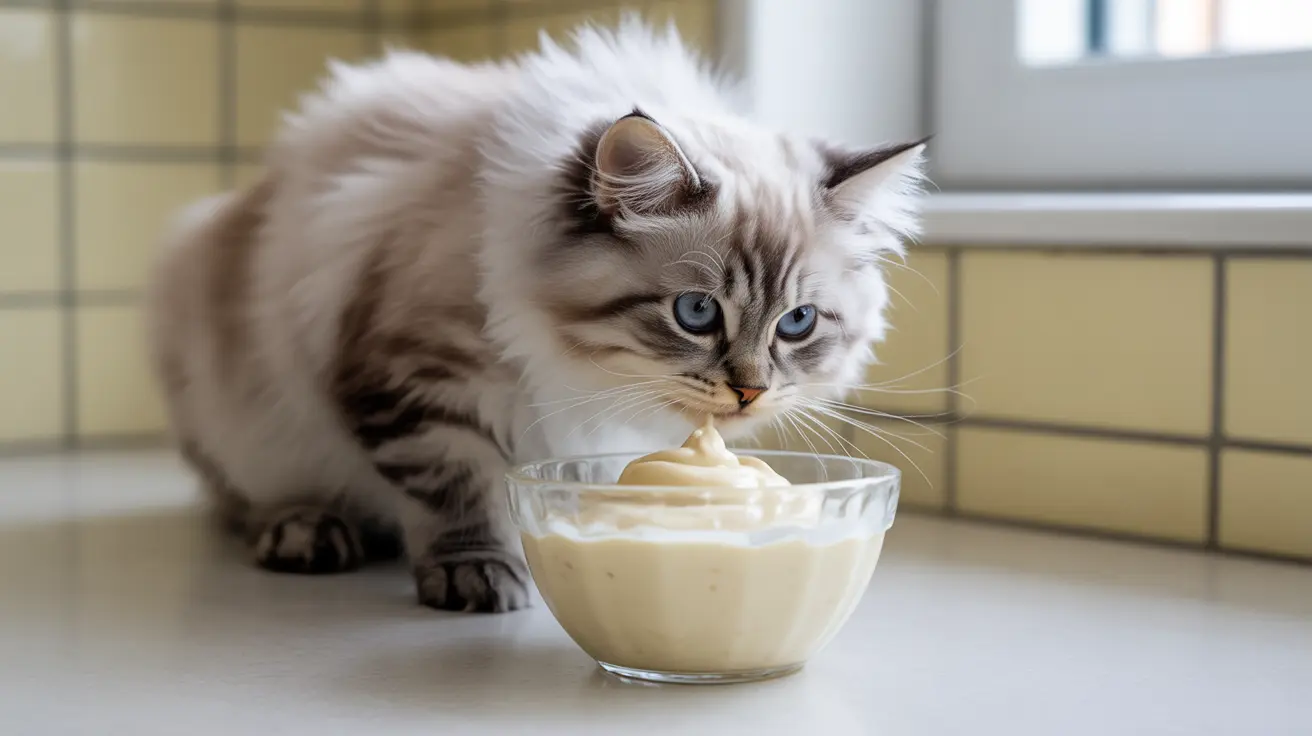Many cat owners have wondered if sharing their favorite desserts with their feline friends is safe. While those big pleading eyes might tempt you to offer a taste of vanilla pudding, veterinary experts strongly advise against feeding any type of pudding to cats. This comprehensive guide explores why pudding can be dangerous for cats and what you should know to keep your pet safe.
Understanding Why Pudding is Dangerous for Cats
Cats are obligate carnivores, meaning their digestive systems are specifically designed to process meat-based proteins. Pudding contains several ingredients that can cause serious health issues in cats, from mild digestive upset to potentially life-threatening complications.
The Problem with Dairy in Pudding
Most adult cats are lactose intolerant, lacking the necessary enzymes to digest milk products properly. When cats consume dairy-based puddings, they can experience severe gastrointestinal distress, including:
- Diarrhea
- Vomiting
- Stomach cramps
- Dehydration
Hidden Dangers: Sugar and Artificial Sweeteners
Cats cannot taste sweetness, making sugar an unnecessary addition to their diet. More concerning is the presence of artificial sweeteners, particularly xylitol, which can be lethal to cats even in small amounts. Symptoms of xylitol poisoning include:
- Rapid drop in blood sugar
- Liver failure
- Seizures
- Potential death if untreated
The Vanilla Extract Risk
Vanilla extract in pudding poses a significant threat to cats due to its alcohol content. Even small amounts of alcohol can be toxic to cats, potentially causing:
- Disorientation
- Respiratory depression
- Organ failure
- Coma in severe cases
What Happens If Your Cat Eats Pudding?
If your cat accidentally consumes pudding, the severity of the reaction depends on several factors, including the amount eaten and the specific ingredients. Monitor your cat closely for these symptoms:
- Vomiting or diarrhea
- Lethargy
- Unusual behavior
- Loss of appetite
- Signs of distress
When to Contact Your Veterinarian
Seek immediate veterinary care if your cat shows any concerning symptoms after consuming pudding, especially if the pudding contained xylitol or vanilla extract. Quick intervention can prevent serious complications.
Safe Treat Alternatives for Cats
Instead of pudding, consider these veterinarian-approved treats for your cat:
- Commercial cat treats specifically formulated for felines
- Small pieces of cooked, plain chicken or turkey
- Freeze-dried meat treats
- Cat grass or catnip for enrichment
Frequently Asked Questions
Can cats eat vanilla pudding, or is it dangerous for them?
Vanilla pudding is dangerous for cats due to its dairy content, sugar, and potentially toxic ingredients like vanilla extract. It's best to avoid feeding any pudding to cats.
What happens if my cat accidentally eats a small amount of pudding?
Monitor your cat for signs of digestive upset, lethargy, or unusual behavior. If the pudding contained xylitol or vanilla extract, contact your veterinarian immediately.
Why do cats sometimes show interest in sweet desserts like pudding, even though they can't taste sugar?
Cats are attracted to the fat content and protein in pudding, not the sweetness. They lack sweet taste receptors but may be curious about new foods.
What are the most harmful ingredients in pudding for cats, and how can I protect my pet?
The most dangerous ingredients include xylitol, vanilla extract (alcohol), dairy, and artificial additives. Keep all desserts securely stored away from your cat.
Are there any safe, cat-friendly alternatives to pudding that I can give as a treat?
Yes, stick to veterinarian-approved cat treats, small pieces of plain cooked meat, or commercial cat treats specifically formulated for felines.
Conclusion
While pudding might seem like a harmless treat, it poses numerous health risks to cats. Keep your feline friend safe by avoiding all types of pudding and sticking to species-appropriate treats designed specifically for cats. When in doubt, always consult with your veterinarian about safe treat options for your pet.






